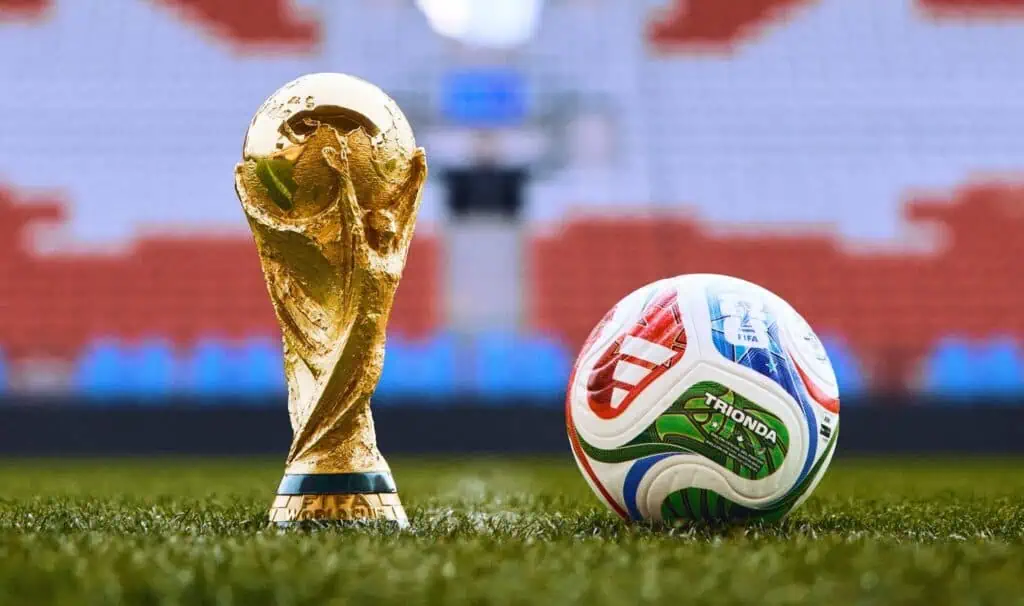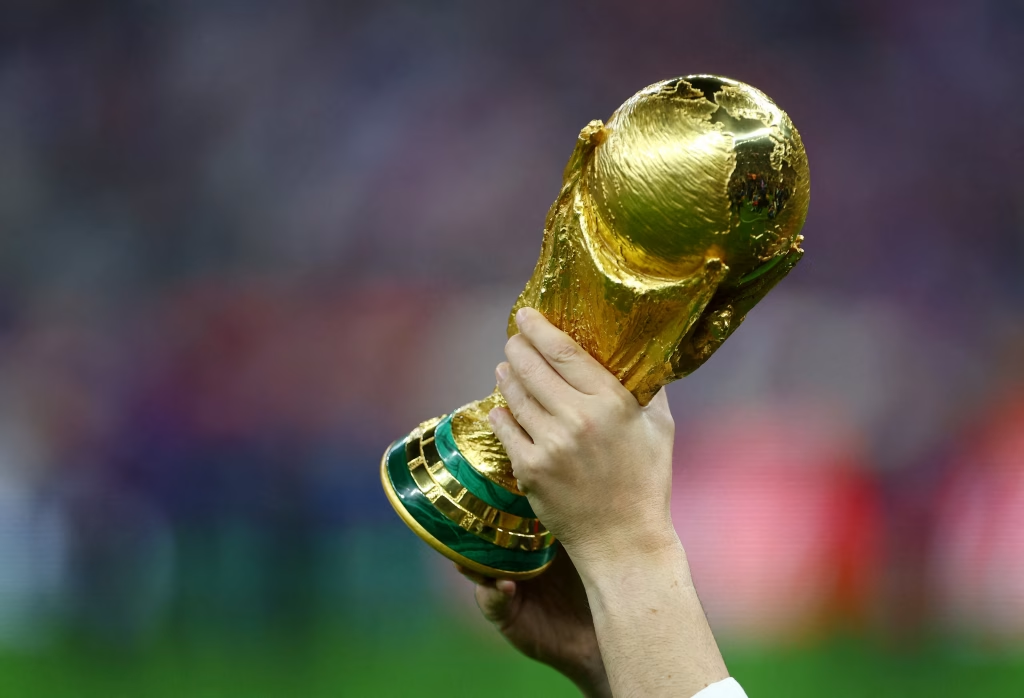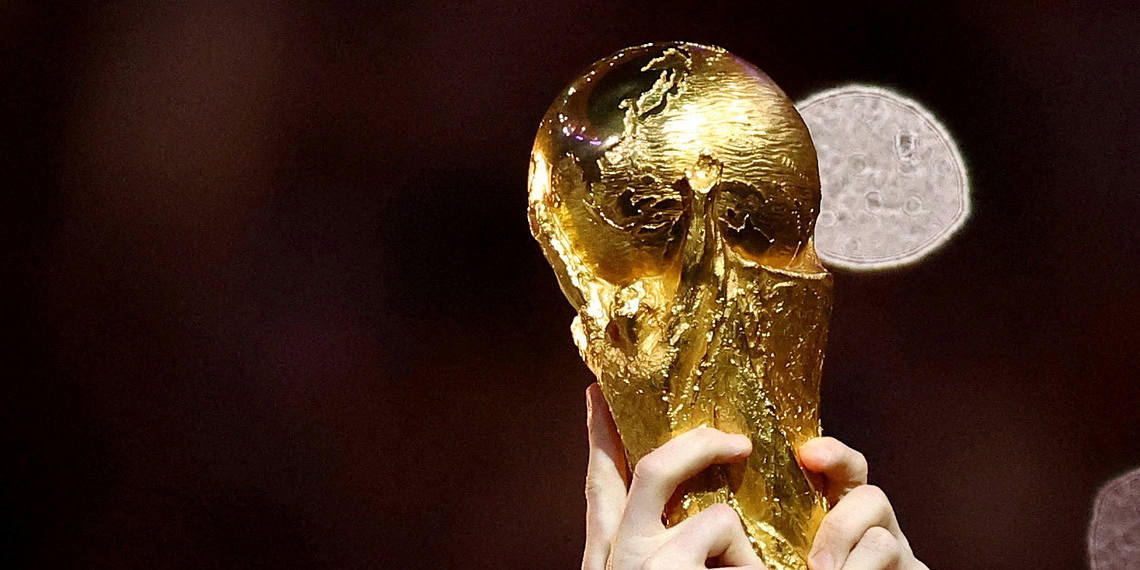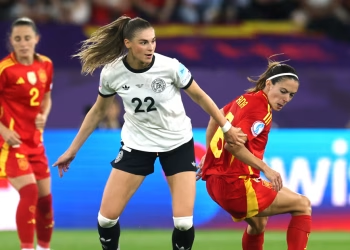The path to the 2026 FIFA World Cup became clearer on Thursday, November 20, as the European playoffs draw took place in Zurich, Switzerland, determining the fate of 16 nations battling for the final four European spots at next summer’s expanded tournament. With drama, tension, and high stakes, the draw ceremony revealed matchups that could see traditional powerhouses Italy face elimination while creating opportunities for underdogs to write history.
Table of Contents
The Draw Results: Four Paths to North America
The draw divided 16 teams into four distinct paths, each featuring two single-leg semi-finals followed by a winner-takes-all final. All matches will be played in March 2026, with semi-finals scheduled for March 26 and finals on March 31, just months before the tournament kicks off across the United States, Canada, and Mexico.

| Play-off Path | Semi-Final 1 | Semi-Final 2 | Final Host |
|---|---|---|---|
| Path A | Italy vs Northern Ireland | Wales vs Bosnia and Herzegovina | Wales/Bosnia and Herzegovina |
| Path B | Ukraine vs Sweden | Poland vs Albania | Ukraine/Sweden |
| Path C | Turkey vs Romania (6:00pm CET) | Slovakia vs Kosovo | Slovakia/Kosovo |
| Path D | Denmark vs North Macedonia | Czechia vs Republic of Ireland | Czechia/Republic of Ireland |
The seeded teams drawn to play semi-finals at home hold significant advantage, though the single-leg knockout format means nothing is guaranteed in what promises to be a dramatic conclusion to European qualifying.
How the Seeding System Worked
The 16 teams were divided into four pots based on the FIFA Men’s World Ranking published on November 19, 2025, with one crucial exception: the four teams that qualified via the 2024/25 UEFA Nations League route were automatically placed into Pot 4 as unseeded teams.
Seeding Pots Breakdown
| Pot 1 (Seeds 1-4) | Pot 2 (Seeds 5-8) | Pot 3 (Seeds 9-12) | Pot 4 (Nations League) |
|---|---|---|---|
| Italy | Poland | Republic of Ireland | Romania |
| Denmark | Wales | Albania | Sweden |
| Turkey | Czechia | Bosnia and Herzegovina | Northern Ireland |
| Ukraine | Slovakia | Kosovo | North Macedonia |
The draw procedure ensured that Pot 1 teams faced Pot 4 opponents in semi-finals 1, 3, 5, and 7, while Pot 2 teams were matched against Pot 3 sides in semi-finals 2, 4, 6, and 8. This structure guaranteed seeded teams would host their semi-final matches, providing crucial home advantage in the high-pressure knockout format.
Path A: Italy’s Treacherous Road
Four-time World Cup champions Italy find themselves in a precarious position, facing the prospect of missing a third consecutive World Cup finals after their shock failures in 2018 and 2022. Ranked 12th globally, Italy secured a home semi-final against Northern Ireland, who qualified through the Nations League route despite finishing fourth in their group.
Should Italy navigate past Northern Ireland, they would face either Wales or Bosnia and Herzegovina in a final that would be hosted by the winner of that semi-final. Wales, seeded in Pot 2, earned home advantage against Bosnia and Herzegovina, setting up a potential Wales-Italy final in Cardiff—a daunting prospect for the Azzurri given Welsh home form.
The stakes couldn’t be higher for Italian football. After missing Russia 2018 and Qatar 2022, another absence would represent a catastrophic failure for one of football’s most storied nations. However, Italy enter as favorites in Path A given their squad quality and recent form under their current management.
Path B: Poland and Ukraine Navigate Swedish Threat
Path B presents intriguing matchups with Robert Lewandowski’s Poland hosting Albania in one semi-final, while Ukraine face a dangerous Sweden side managed by Graham Potter in the other. Sweden, despite finishing fourth in their qualifying group, earned their playoff spot through impressive Nations League performances and possess the quality to upset higher-ranked opponents.
The winner of Ukraine vs Sweden will host the Path B final, providing significant motivation for both sides. Poland, perennial playoff participants, know the pressure of must-win scenarios, while Sweden’s pedigree as a traditional European power makes them formidable opponents despite their unseeded status.

Fans are already anticipating a potential Poland-Sweden final, which would be hosted in Sweden if both favorites advance, recreating historical rivalries in the most pressurized environment possible.
Path C: Turkey Face Nations League Surprise Package
Turkey, seeded in Pot 1, host Romania in a semi-final scheduled for the earlier kick-off time of 6:00pm CET (18:00 CET). Romania’s presence via the Nations League route demonstrates how the competition’s new qualification pathway can reward consistent performances across multiple tournaments.
Slovakia’s semi-final against Kosovo presents another fascinating matchup, with Slovakia earning home advantage and the right to host the Path C final should they advance. Both matches promise tactical intrigue and emotional intensity as nations seek their first World Cup appearances in years.
Path D: Denmark and Czechia Battle for Final Host Rights
Perhaps the most balanced path sees Denmark hosting North Macedonia while Czechia welcome the Republic of Ireland in what could be the tightest semi-finals of the entire playoff structure. Denmark, still reeling from their dramatic qualifying campaign finale where they lost to Scotland, will be desperate to avoid another heartbreak.
The Republic of Ireland’s dramatic qualification, secured by Troy Parrott’s 96th-minute winner against Hungary, gives them momentum heading into March. Ireland’s passionate support and ability to raise their game in knockout scenarios makes them dangerous opponents for anyone, despite their lower seeding.
The winner of Czechia vs Republic of Ireland will host the Path D final, adding extra stakes to what promises to be a fiercely contested 90 minutes.
The Tournament Format Explained
Each play-off path operates independently, with four teams competing for one World Cup berth. The format differs significantly from previous qualification playoffs by featuring single-leg matches throughout, eliminating the traditional home-and-away format that previously provided safety nets for favorites.
Key Format Details
The play-offs are played entirely in single-leg knockout matches, with no replays or aggregate scoring. If matches remain level after 90 minutes, they proceed directly to extra time and, if necessary, penalty shootouts. This sudden-death format amplifies pressure and creates opportunities for upsets, as demonstrated throughout World Cup qualifying history.
As part of UEFA’s scheduling, the losing semi-finalists of each path will play a friendly match against each other on the day of the playoff finals, providing competitive fixtures for teams whose World Cup dreams end in the semi-finals.
Historical Context: Missing the World Cup
The stakes for several nations extend beyond merely reaching another tournament. Italy’s potential third consecutive absence would be unprecedented for a nation of their footballing stature. Poland hasn’t missed consecutive World Cups since failing to qualify for 1994 and 1998, while Denmark’s golden generation seeks to avoid the disappointment of watching from home.
For smaller nations like Northern Ireland and North Macedonia, reaching the World Cup would represent historic achievements, cementing their rise through European football’s competitive landscape and rewarding the infrastructure investments and development programs that brought them to this stage.
The Road to North America
The 2026 FIFA World Cup will be the first expanded edition featuring 48 teams instead of the traditional 32, and the first hosted across three nations. The tournament runs from June 11 to July 19, 2026, with matches across 16 cities in the United States, Canada, and Mexico. The final will be held at New York New Jersey Stadium on July 19, 2026.
A total of 16 UEFA nations will compete at the finals: the 12 group winners who qualified directly, plus the four playoff winners determined in March 2026. Currently, 12 European teams have secured their places: Austria, Belgium, Croatia, England, France, Germany, Netherlands, Norway, Portugal, Scotland, Spain, and Switzerland.
What Happens Next?
Semi-final and potential final hosts must confirm their venues no later than December 19, 2025, giving nations just under a month to finalize logistics, stadium preparations, and ticket allocation. The stakes and short turnaround time between semi-finals and finals (just five days) will test squad depth and recovery capabilities.

The World Cup 2026 tournament draw itself takes place on December 5, 2025, in Washington D.C., where the 48 qualified teams—including four placeholders for the European playoff winners—will learn their group stage opponents and path through the tournament.
FAQs
When will the World Cup 2026 European playoff matches be played?
The semi-finals will take place on Thursday, March 26, 2026, with all four playoff finals scheduled for Tuesday, March 31, 2026, just over two months before the World Cup begins.
How many European teams will qualify for World Cup 2026 through the playoffs?
Four European teams will qualify through the playoffs, with one spot available from each of the four playoff paths (A, B, C, and D), joining the 12 teams that qualified directly as group winners.
Why are some teams seeded and others unseeded in the draw?
The 12 group runners-up were seeded into Pots 1-3 based on the November 2025 FIFA World Rankings, while the four teams that qualified via the Nations League route (Romania, Sweden, Northern Ireland, North Macedonia) were automatically placed in Pot 4 as unseeded teams.
Will the playoff matches be single legs or two-legged ties?
All playoff matches are single-leg knockout fixtures, meaning there are no home-and-away ties—each match is a one-off game with extra time and penalties if needed.
Which European teams have already qualified directly for World Cup 2026?
Twelve teams qualified as group winners: Austria, Belgium, Croatia, England, France, Germany, Netherlands, Norway, Portugal, Scotland, Spain, and Switzerland, with four more spots to be decided through March 2026 playoffs.








